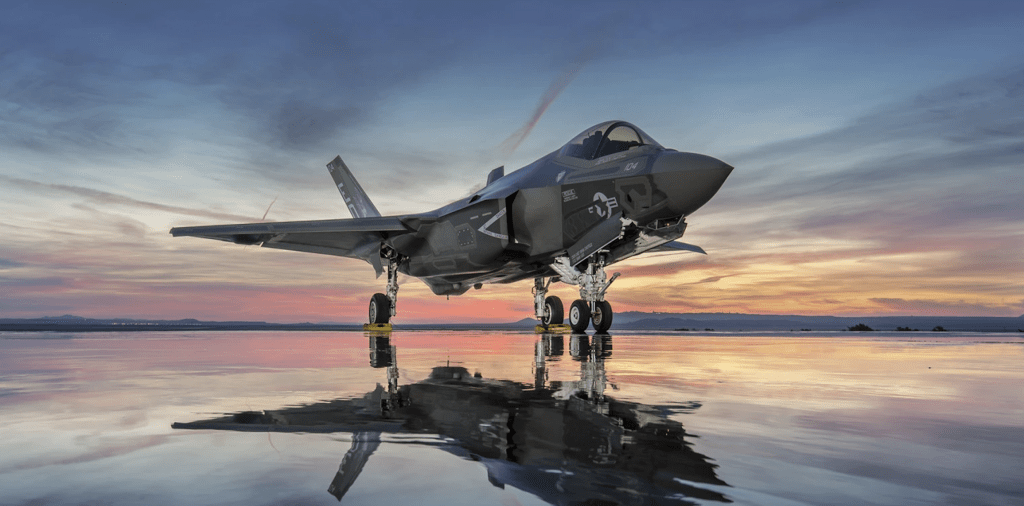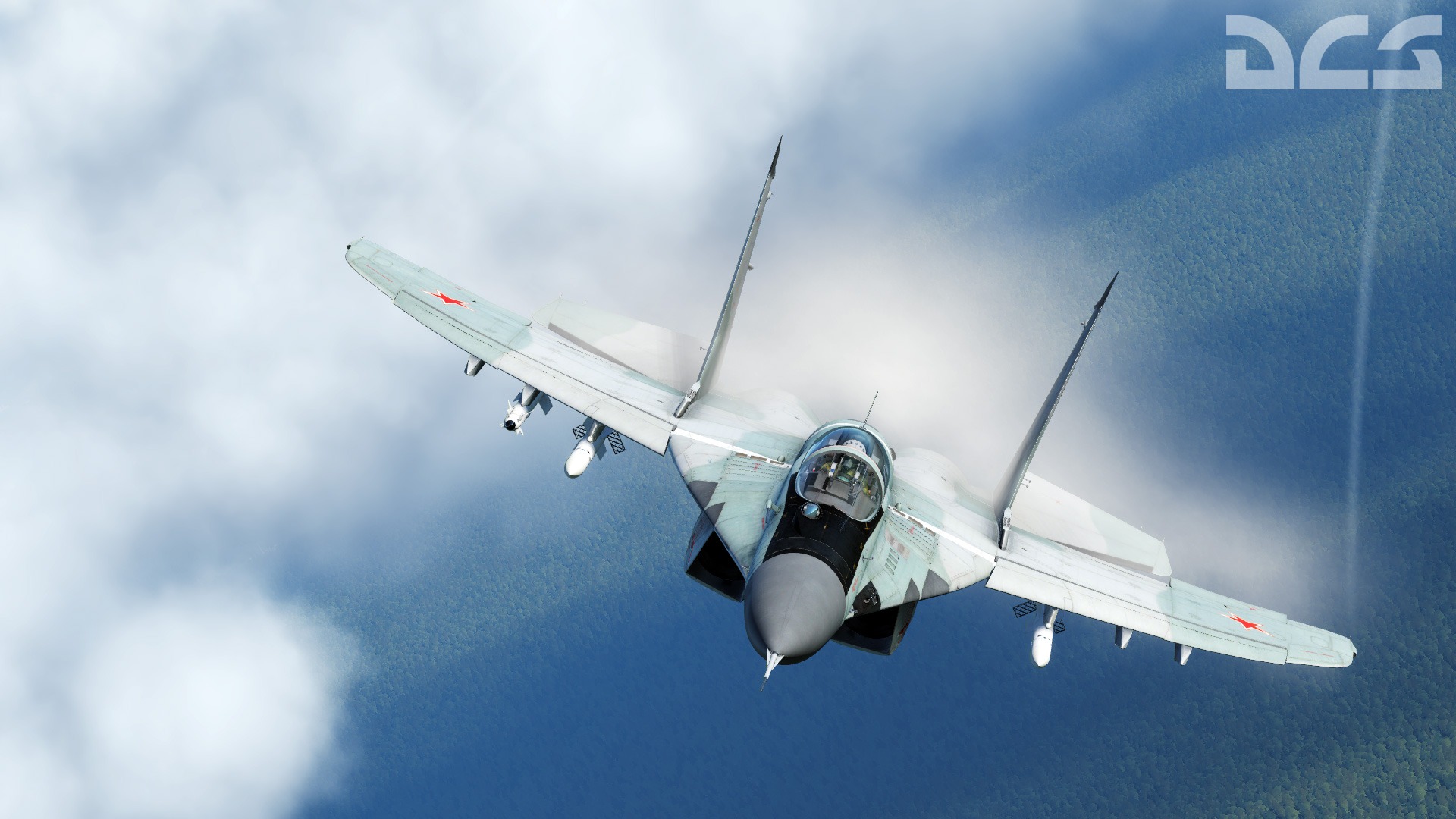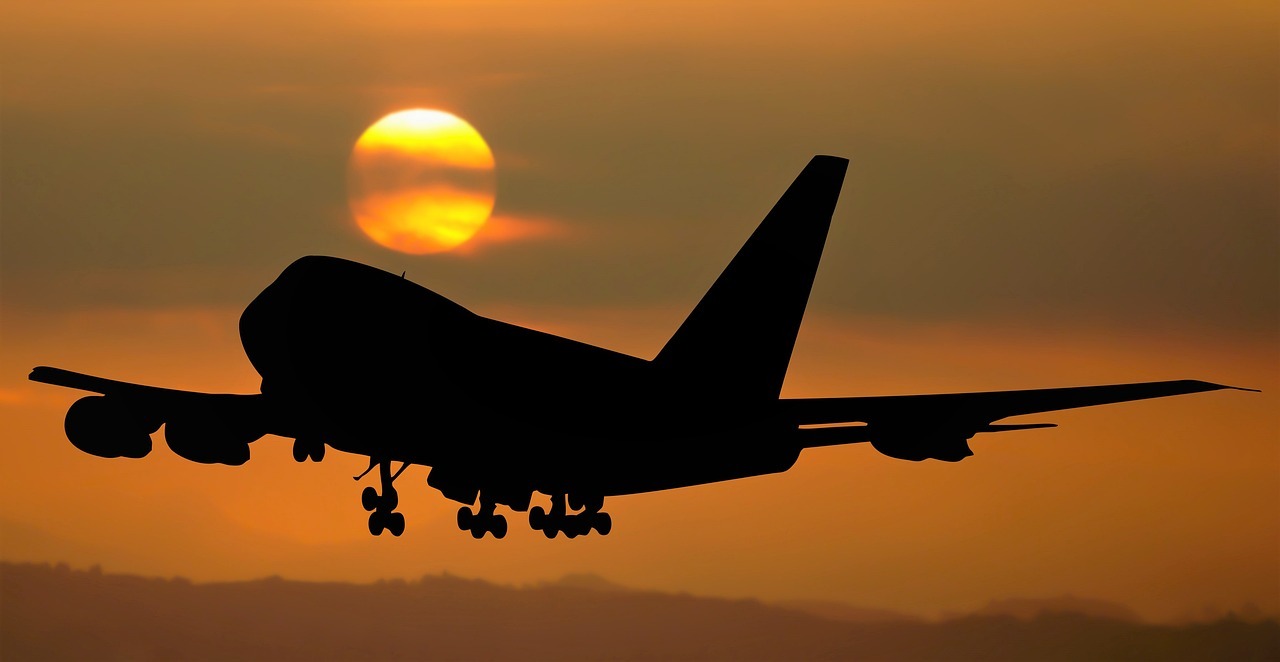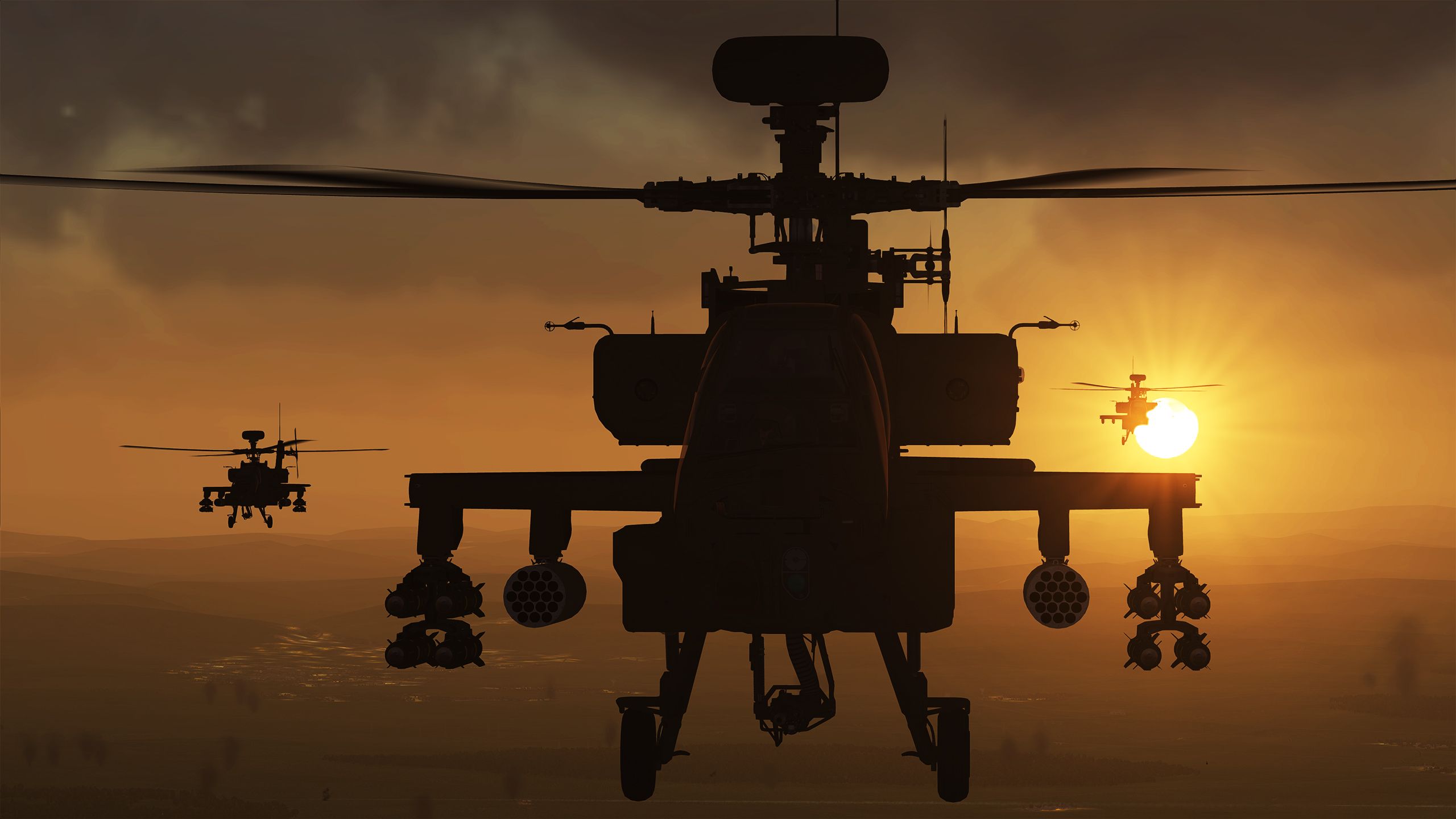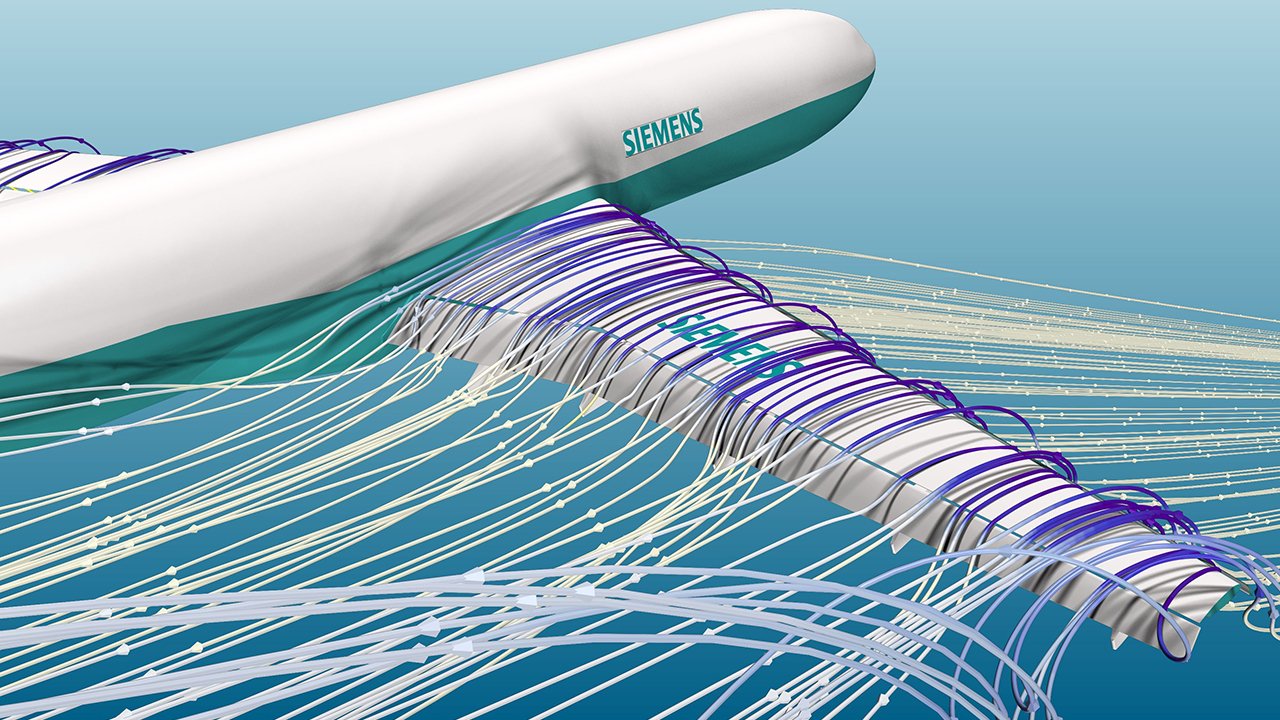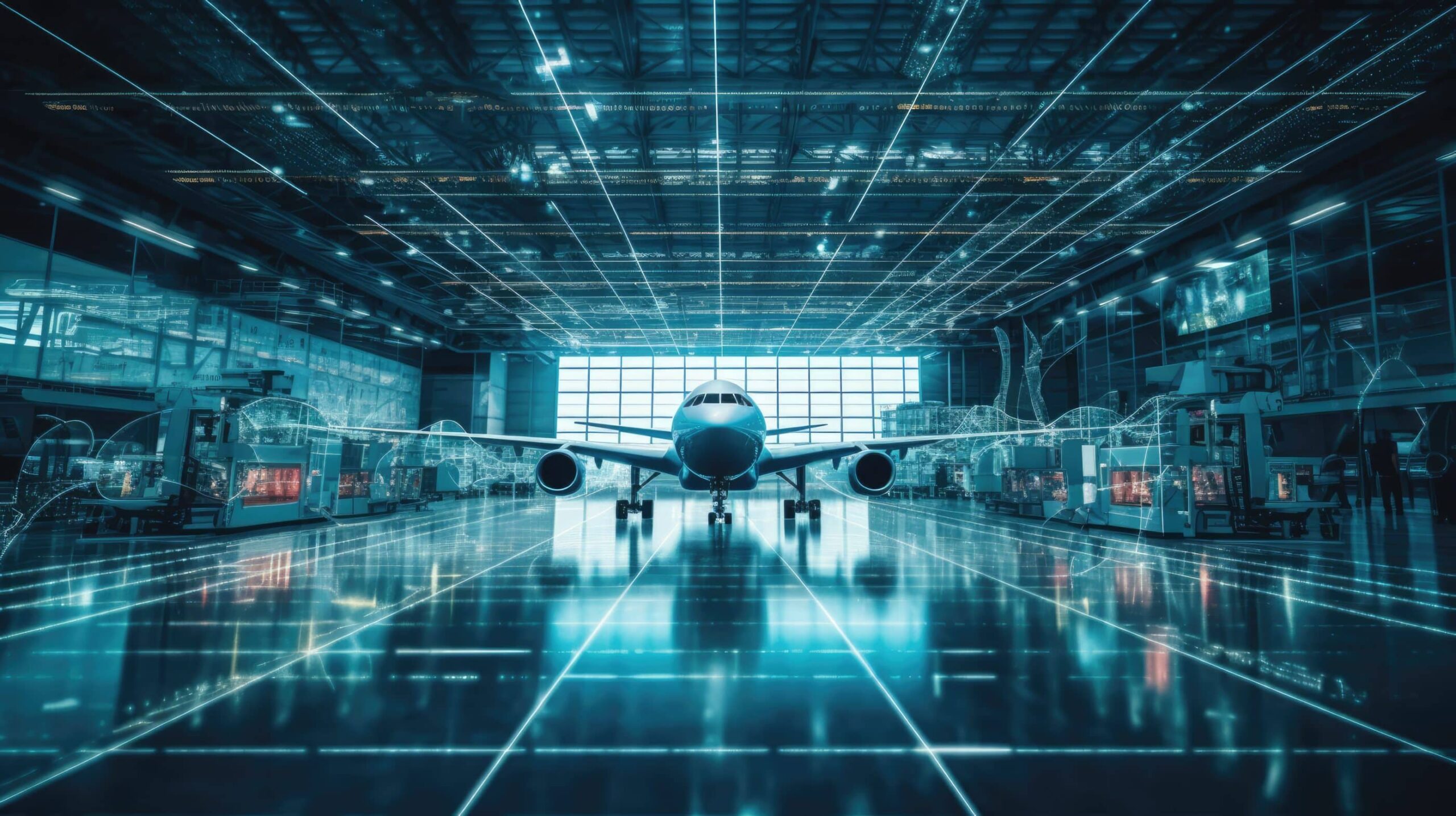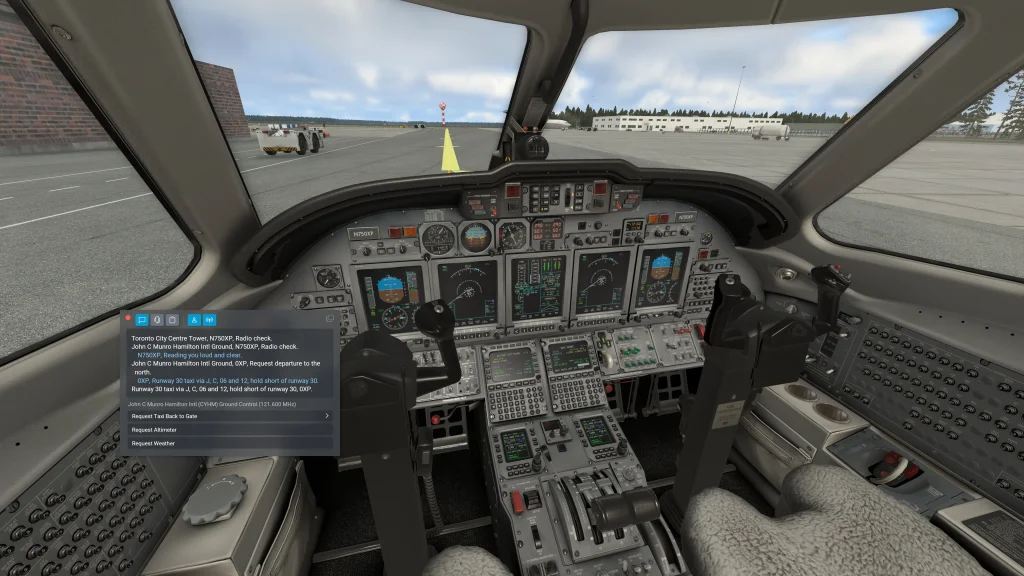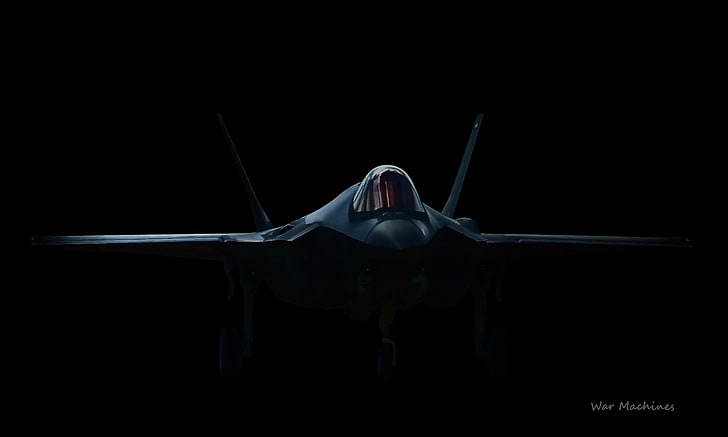Infrared Search and Track Systems (IRST): A Comprehensive Guide.
Infrared Search and Track (IRST) systems are a pivotal technology in modern aerial and naval warfare, offering unique capabilities to detect, track, and engage targets without relying on radar emissions. This post explores the technology behind IRST, how it works, its users, the aircraft equipped with it, and its advantages over radar systems.
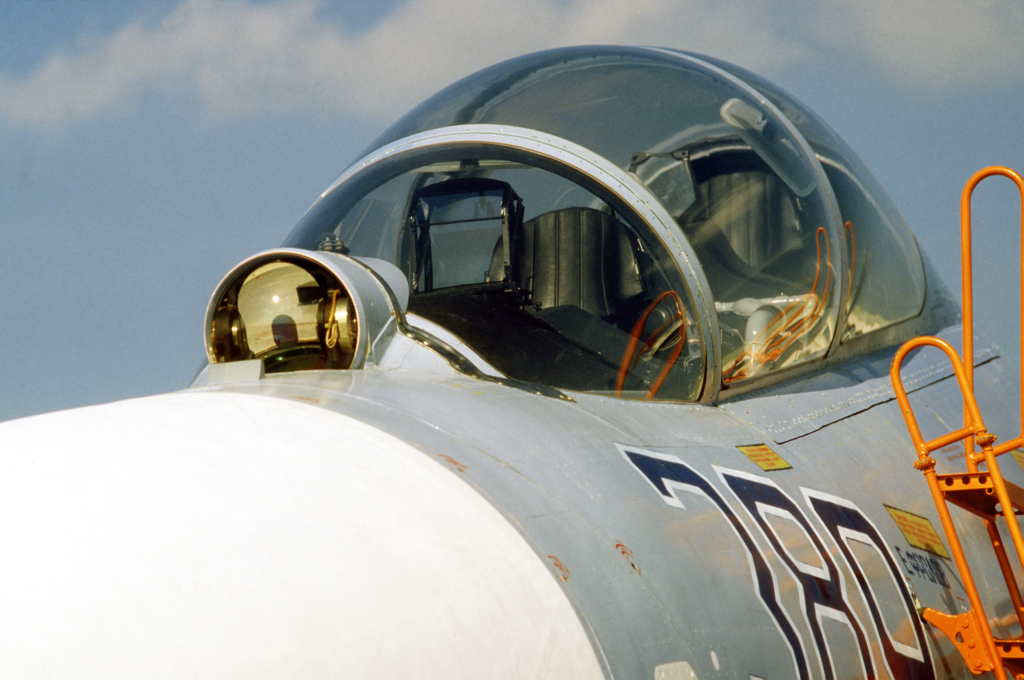
What Is IRST?
IRST stands for Infrared Search and Track, a passive sensor technology that detects objects by their infrared (IR) emissions. Every object that generates heat emits infrared radiation. An IRST system captures this radiation, making it possible to detect and track targets such as aircraft, ships, and vehicles without revealing the system’s location.
Unlike radar, which emits signals and listens for reflections, IRST is completely passive, meaning it doesn’t broadcast detectable signals, providing a stealth advantage.
How IRST Works

Core Components
An Infrared Search and Track Systems IRST system typically consists of:
- Infrared Sensors: These detect heat signatures from targets.
- Optics and Scanners: Lenses and mirrors focus the infrared radiation onto the sensors.
- Image Processing Systems: Advanced algorithms process the raw data to identify and track targets, distinguishing them from background noise.
- Display Interfaces: Information is presented to operators or pilots in a usable format.
Detection Process
- Heat Signature Capture: The sensor picks up the infrared emissions from an object.
- Background Filtering: The system separates target emissions from background heat, such as the sun or terrain.
- Target Identification: By analyzing factors like temperature, movement, and size, the system classifies the object (e.g., aircraft, missile).
- Tracking: Once identified, the system follows the target’s movement, calculating its trajectory and velocity.
Advantages in Modern Combat
- Silent Operation: Since IRST doesn’t emit signals, it cannot be detected by radar warning receivers (RWR).
- Resilience to Stealth Technology: Modern stealth aircraft are optimized to evade radar but still produce heat, especially from engines, which IRST can detect.
- Environmental Versatility: IRST works in environments where radar might struggle, such as in dense electromagnetic interference or cluttered airspace.
Aircraft Equipped with IRST
United States

- F-35 Lightning II
The F-35 uses its Electro-Optical Targeting System (EOTS), which combines IRST capabilities with targeting functions. - F-15EX Eagle II
The new F-15EX integrates an IRST system to complement its radar suite for long-range detection. - F/A-18E/F Super Hornet
Equipped with the IRST21, which provides long-range detection of enemy aircraft in contested environments.
Russia

- Sukhoi Su-57
Russia’s fifth-generation fighter includes the 101KS-V IRST, capable of detecting stealth aircraft at significant distances. - Sukhoi Su-27/30/35
These aircraft feature the OLS-35, known for its robust IRST capabilities and ability to detect aircraft beyond visual range. - MiG-29
The MiG-29’s OEPS-29 IRST was one of the early implementations of this technology in fourth-generation fighters.
Europe
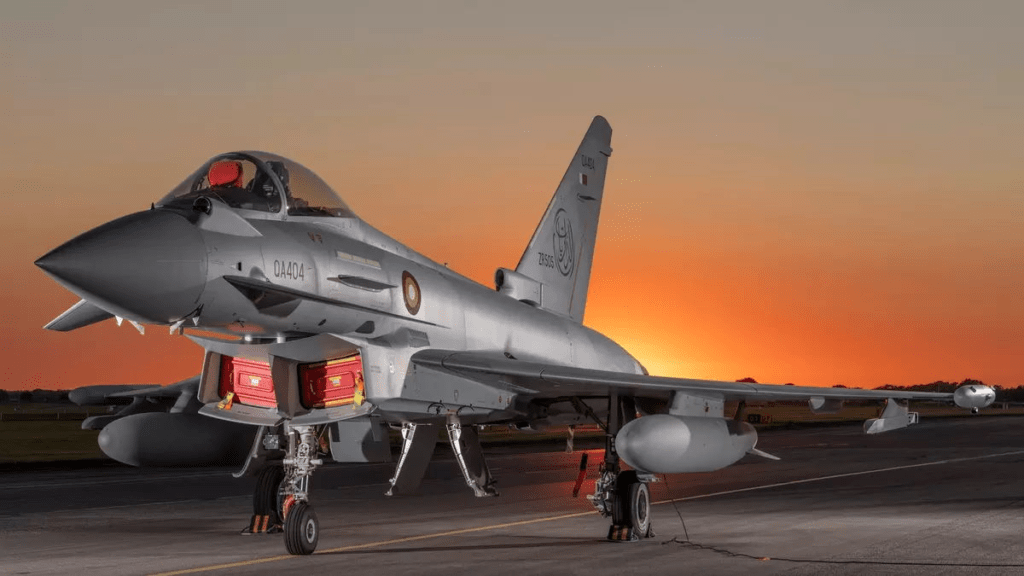
- Eurofighter Typhoon
The Typhoon uses the Pirate IRST (Passive Infrared Airborne Tracking Equipment), capable of passive detection and target tracking. - Dassault Rafale
The Rafale’s OSF (Optronique Secteur Frontal) combines IRST and visual identification capabilities.
China
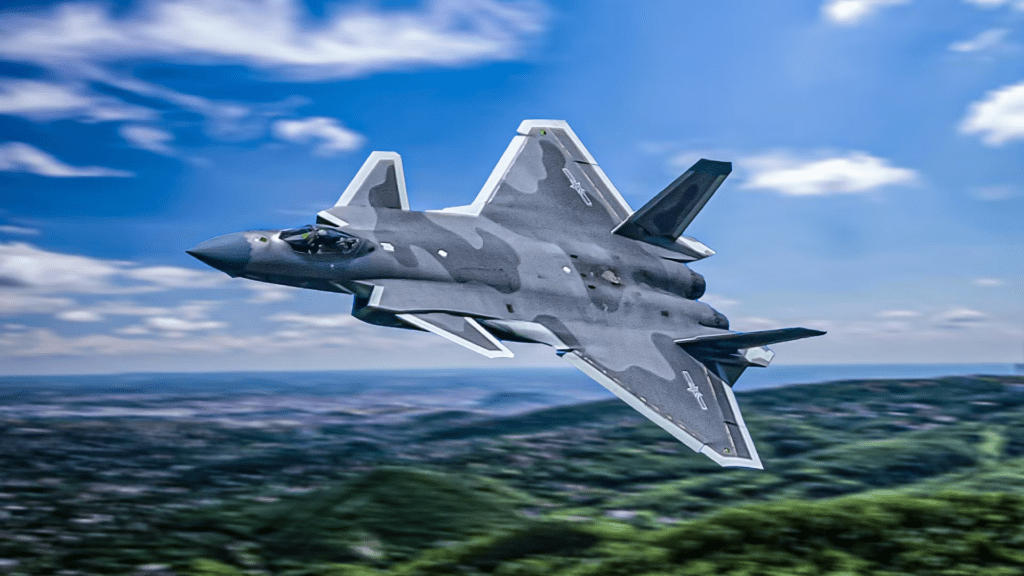
- Chengdu J-20
The J-20 employs advanced IRST for detecting enemy aircraft, particularly stealth fighters. - Shenyang J-16
Features an IRST system designed to enhance situational awareness and targeting capabilities.
Countries Using IRST Technology
NATO Allies
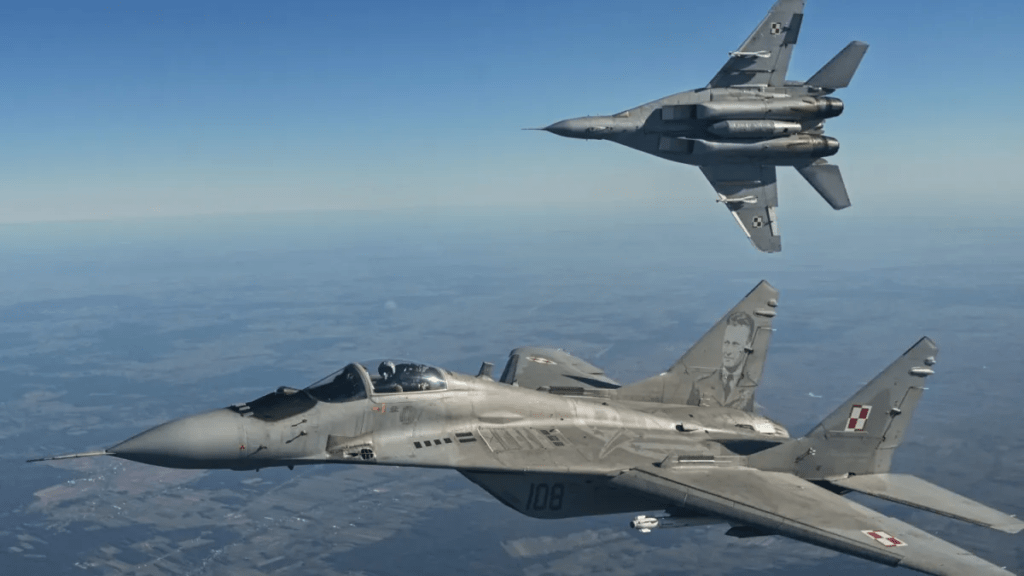
The United States, United Kingdom, Germany, Italy, and France have extensively adopted IRST systems, integrating them into frontline aircraft like the F-35, Eurofighter Typhoon, and Dassault Rafale.
Russia
Russia remains a leader in IRST technology, equipping most of its advanced fighter aircraft with these systems, even as they develop new generations of IR sensors.
China
China has increasingly incorporated IRST in its modern fighters, focusing on countering stealth threats posed by U.S. aircraft like the F-22 and F-35.
Others
Countries like India, Japan, South Korea, and Australia have invested in aircraft with IRST, ensuring their fleets are capable of passive tracking.
Advantages of IRST Over Radar
1. Stealth Operations
Radar systems emit electromagnetic signals, which can be detected by adversaries. IRST’s passive nature makes it undetectable, allowing stealth operations and surprise engagements.

2. Counter-Stealth Capabilities
Stealth aircraft are designed to minimize radar cross-sections (RCS) but still generate significant heat, especially from engines and aerodynamic friction. IRST can detect these heat signatures at ranges comparable to radar.
3. Electromagnetic Interference Resilience
In environments with heavy radar jamming, IRST remains unaffected, providing reliable detection where radar systems might fail.
4. Target Confirmation
IRST can visually confirm and classify targets, reducing the likelihood of misidentifying civilian or friendly assets.
5. Complement to Radar
Rather than replacing radar, IRST complements it. By combining radar’s long-range scanning with IRST’s precision tracking, modern aircraft gain a multi-spectral edge.
Challenges of IRST Systems

While IRST offers significant advantages, it is not without limitations:
- Range Limitations: Detection range depends heavily on the target’s heat signature and atmospheric conditions, such as humidity.
- Environmental Sensitivity: IRST performance can degrade in bad weather, fog, or heavy cloud cover.
- Processing Power: Advanced systems require significant computational resources to filter out false positives.
IRST in Naval Applications
In addition to aircraft, IRST systems are increasingly deployed on naval vessels. For example:
- United States Navy: Deploys IRST on ships for missile detection and defense.
- European Navies: Use IRST for anti-air and anti-missile roles.
Naval IRST systems help detect low-flying threats like cruise missiles, which can evade radar by flying close to the surface.
The Future of IRST
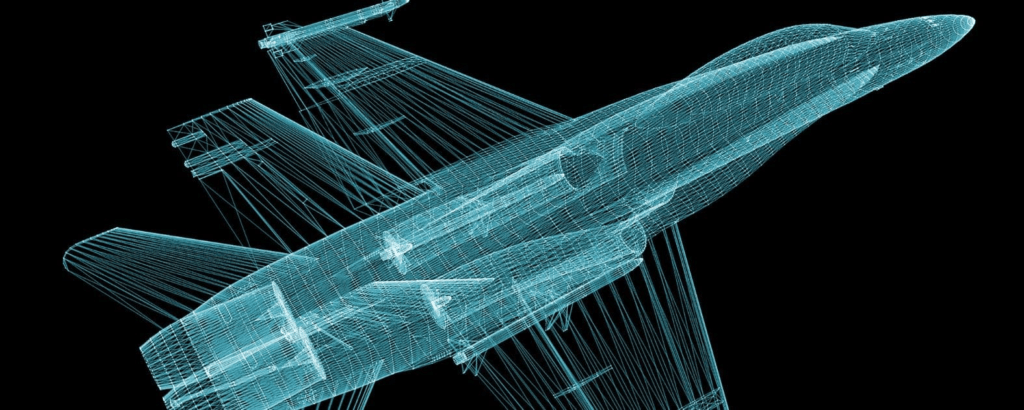
As technology advances, IRST systems are becoming more sophisticated, with better resolution, longer detection ranges, and enhanced integration with other sensor systems. Future developments include:
- Multi-Spectral Sensors: Combining infrared with ultraviolet or visible light for better accuracy.
- AI and Machine Learning: Automating target recognition and reducing the workload on operators.
- Integration with Drones: Expanding IRST capabilities to unmanned systems for reconnaissance and targeting.
Conclusion
IRST systems represent a critical element of modern military technology, providing a stealthy, reliable, and effective means of detecting and tracking targets. Their ability to counter stealth aircraft and operate in radar-denied environments makes them indispensable for many air forces and navies worldwide.

As threats evolve, IRST will continue to play a crucial role in maintaining situational awareness and ensuring strategic superiority, complementing radar and other technologies to create a comprehensive defense network.
Author
Brendon McAliece (Aka Gunnie) is a military veteran with 23 years working on Jet Fighters, their weapons systems and ejection seat/module systems as well as munitions and R&D. Involved with flight simulation since the 1980s, he has flown all the major flight simulators over the years.
He is an Australian expat who has lived in Malaysia, UK, Saudi Arabia and more recently Thailand. He is a multilingual blogger who loves to share his life experiences here on LetsFlyVFR.com and DreamingGuitar.com, with his lifestyle and Travel experiences Blog plus his Dreaming Coffee website.
Learn More @ DreamingGuitar.com – DreamingCoffee.com – LetsFlyVFR.com
( HOME – BLOG – SHOP – ABOUT )
As an Amazon affiliate I may benefit from qualifying sales.

